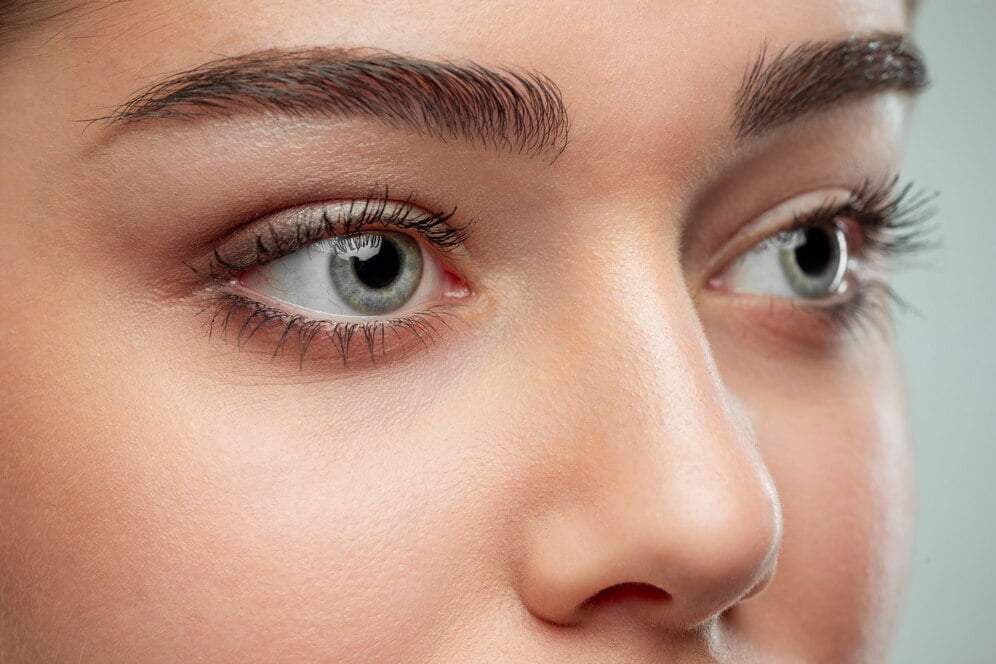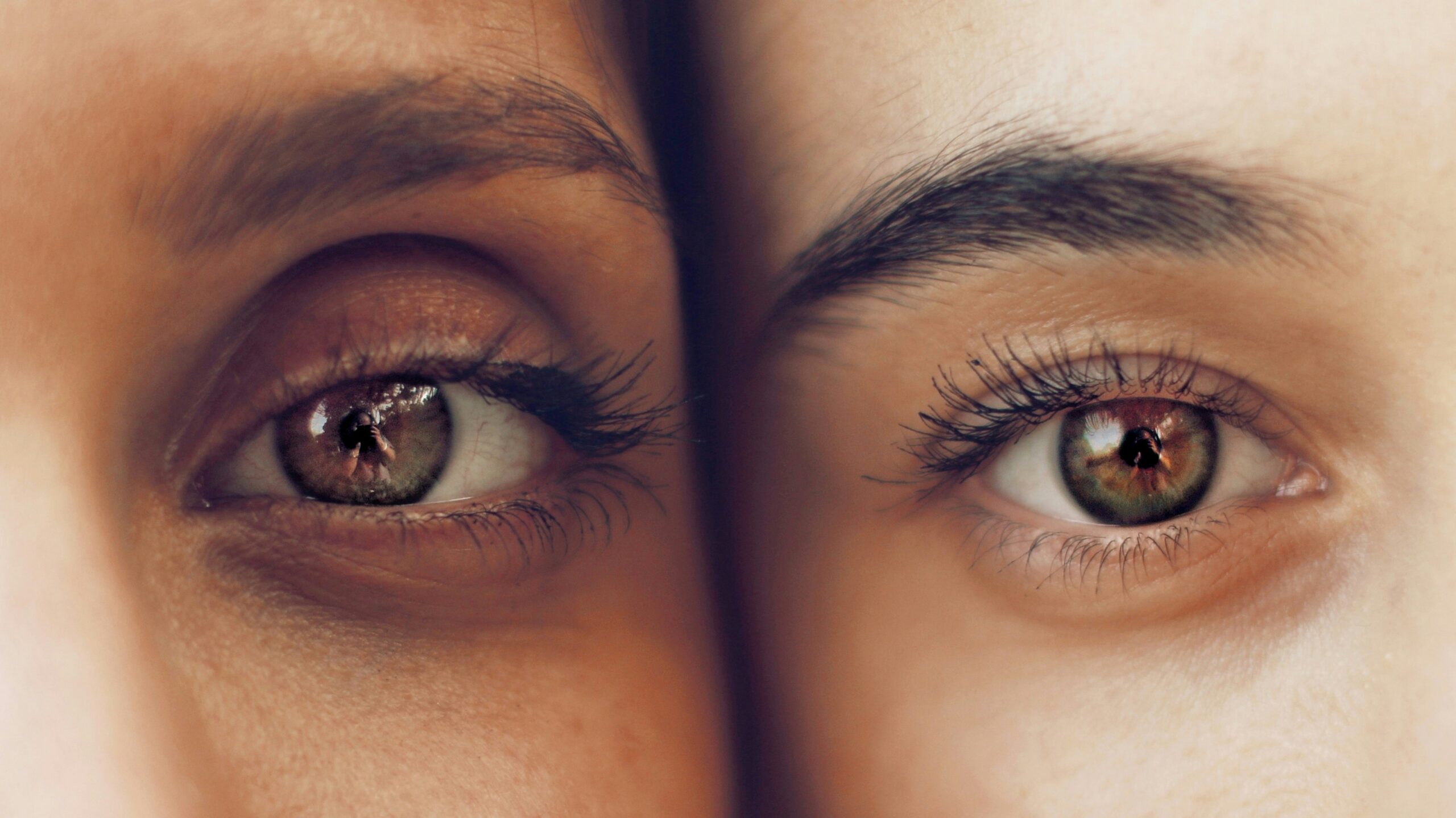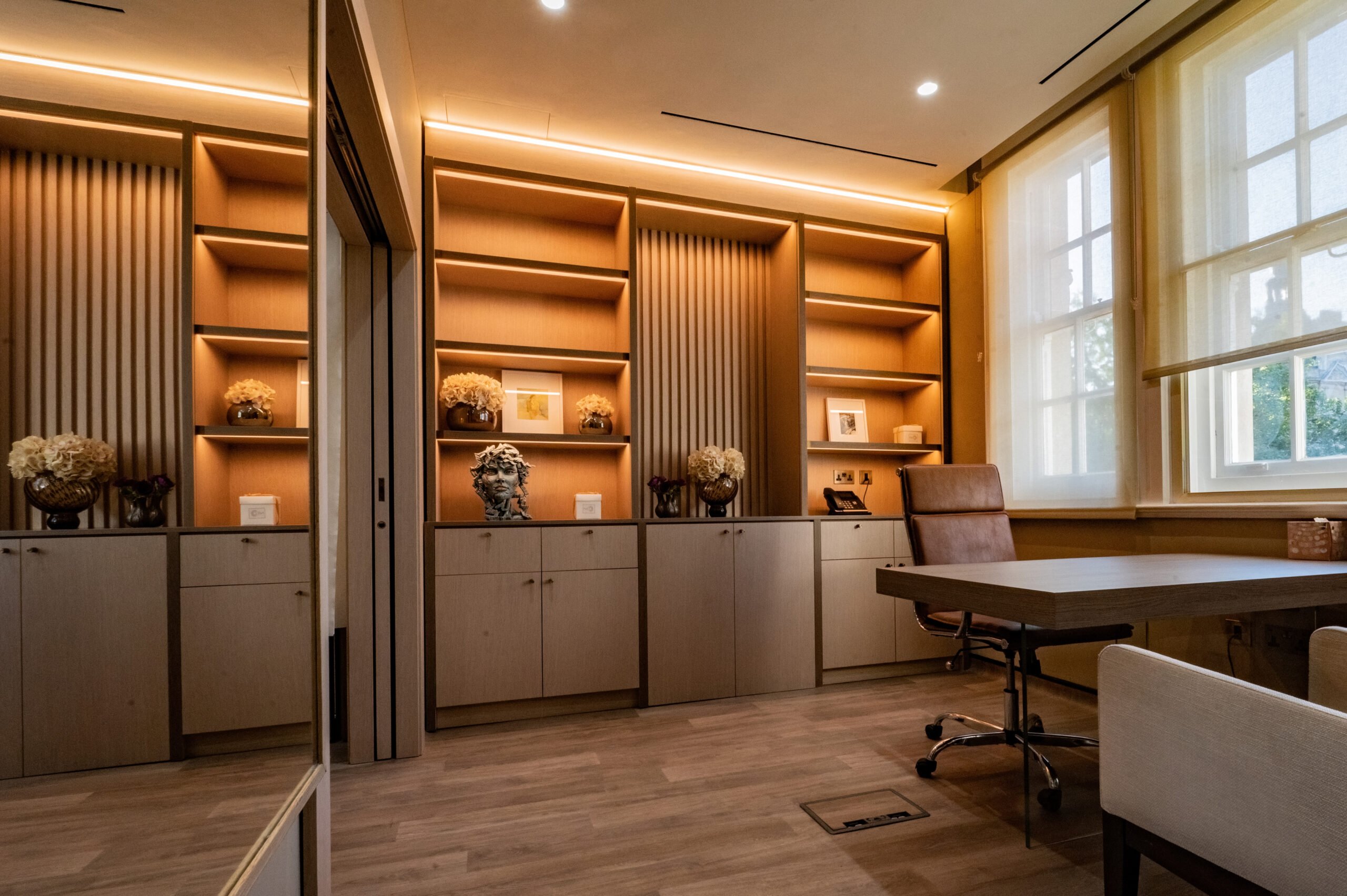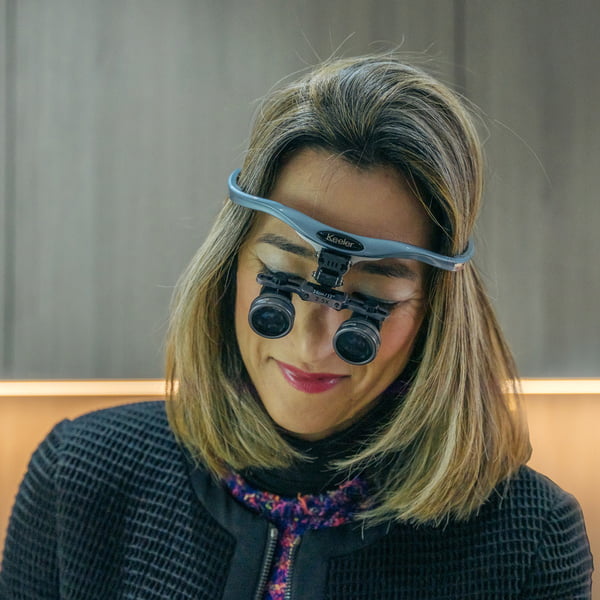Watery Eyes Treatment
London
At The Ezra Clinic, we understand the challenges and discomfort caused by watery eyes, known as Epiphora. Our clinic, led by renowned experts, offers personalised and effective solutions to address this condition.
By choosing The Ezra Clinic, patients benefit from our commitment to utilising the latest treatment advancements and a compassionate approach that focuses on individual needs. Our experienced team is dedicated to providing relief and improving the quality of life for those suffering from watery eyes, ensuring a thorough understanding and treatment of the underlying causes.









